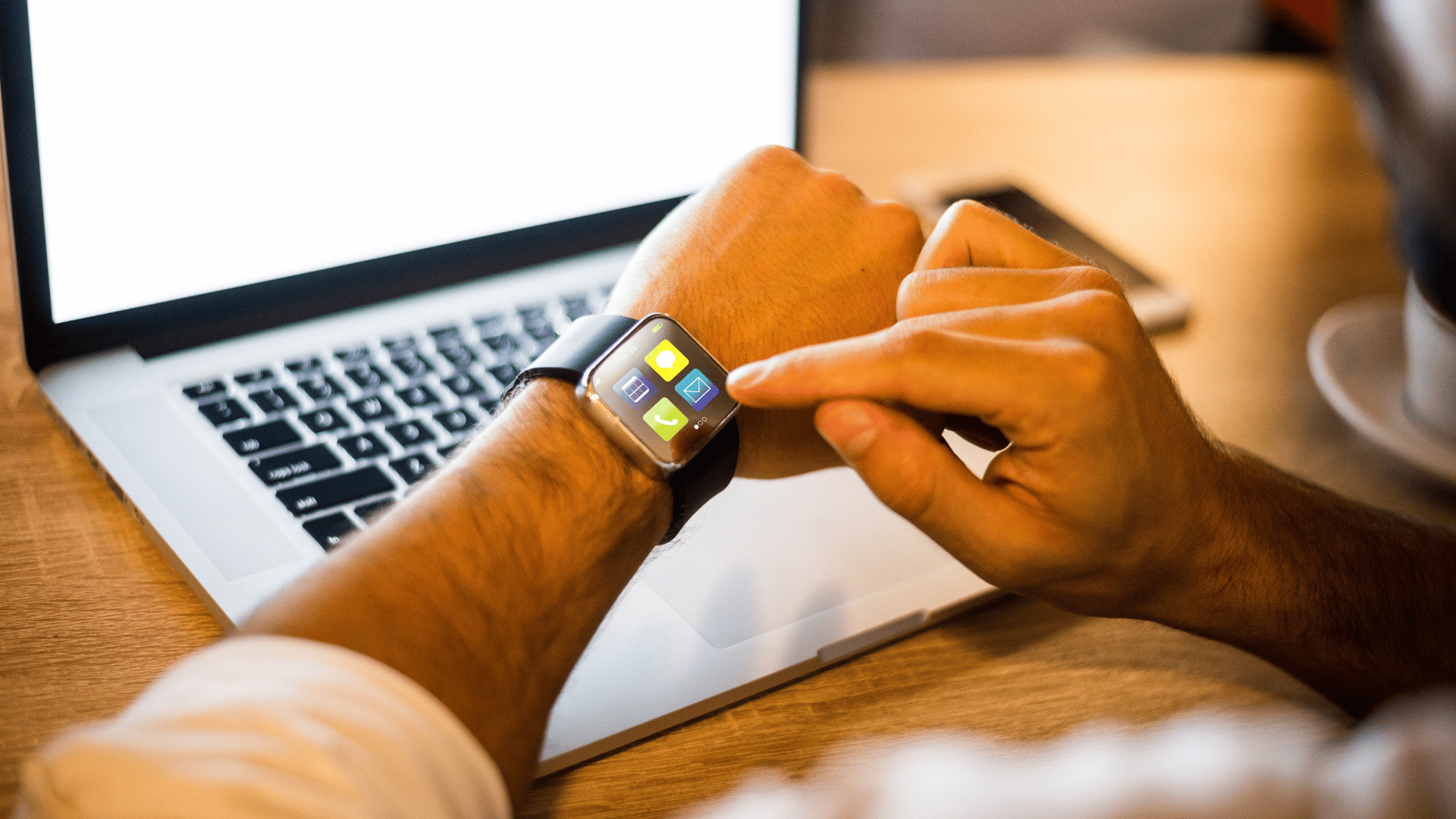UX LENS
News and Tips

Wearable Technology
Wearable technology has rapidly evolved from simple fitness trackers to sophisticated devices that integrate seamlessly into our daily lives. These devices, ranging from smartwatches to smart clothing, offer unique challenges and opportunities for UX designers. This blog explores the intricacies of designing for wearables, the impact of AI integration in UX, and real-world examples that highlight the potential of wearable technology.
Designing for Wearables
-
-
- Understanding User Context
-
Wearable Technology are often used in dynamic environments, requiring UX designers to consider context-sensitive interactions. For instance, a smartwatch used during a workout needs a different interface than one used in a business meeting.
-
-
- Prioritising Simplicity
-
Given the limited screen real estate, simplicity is key. Designers must focus on essential features and ensure that interactions are intuitive and quick.
-
-
- Ensuring Accessibility
-
Wearable Technology should be accessible to all users, including those with disabilities. This involves incorporating features like voice commands, haptic feedback, and customizable interfaces.
Statistics of AI Integration in UX
The integration of AI in UX design is transforming the way we interact with wearable technology. Here are some compelling statistics:
-
- 90% of user interfaces are projected to employ AI to tailor experiences to individual preferences and behaviours by 2024.
- AI-driven UX personalization increases customer engagement by 30%.
- 47% of UX professionals use AI for transcription, and over 40% use AI for note-taking.
- 77% of brands believe customer experience is a key competitive differentiator, with AI playing a crucial role in enhancing it.
Real-World Examples of Wearable Technology UX
-
-
- Apple Watch
-
The Apple Watch is a prime example of effective wearable UX. It offers a range of functionalities, from fitness tracking to notifications, all within a sleek and intuitive interface. The use of haptic feedback and voice commands enhances accessibility and user engagement.
-
-
- Fitbit
-
Fitbit devices are designed to provide comprehensive health and fitness tracking. The UX focuses on simplicity and ease of use, with clear visualisations of data and personalised insights powered by AI.
-
-
- Google Glass
-
Google Glass, though not as commercially successful, showcased the potential of augmented reality in wearables. It provided real-time information overlay, which could be used in various professional settings, from healthcare to engineering.
-
-
- Oura Ring
-
The Oura Ring is a smart ring that tracks sleep, activity, and readiness. Its UX is designed to be unobtrusive, providing valuable health insights through a companion app. The ring’s design emphasises comfort and ease of use.
-
-
- Smart Clothing
-
Brands like Under Armour and Nike have developed smart clothing that integrates sensors to track performance metrics. These garments provide real-time feedback and data analysis, enhancing the user experience through seamless integration with mobile apps.
Conclusion
Designing for wearable technology presents unique challenges, but also offers exciting opportunities for innovation. By integrating AI, UX designers can create more personalised, efficient, and engaging experiences. As wearable technology continues to evolve, the role of UX design will be crucial in ensuring these devices are both functional and user-friendly.
Placement of the week

Umesh Maurya - MSc comp
The EDIT UX/UI course offers a comprehensive learning experience that equips students with practical skills and valuable insights into the design process. With a focus on real-world industry standards, students gain hands-on experience through engaging projects and expert guidance. Additionally, the placement assistance provided by EDIT is invaluable, offering support in interview preparation, portfolio enhancement, and job search strategies. This combination of quality education and dedicated placement support sets students up for success in the dynamic field of UX/UI design.
